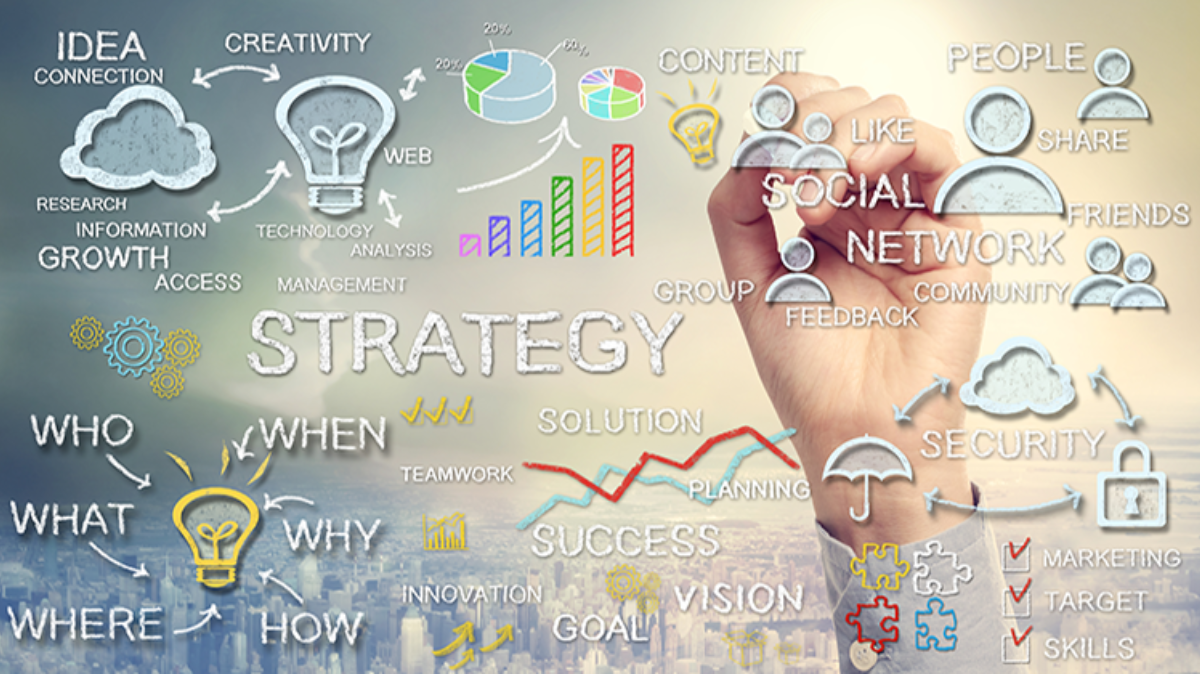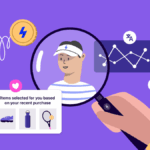In today’s digital-first world, businesses face fierce competition not only in product quality or pricing but also in customer experience and relationship building. Consumers expect more than transactions—they crave meaningful connections with brands they trust. To achieve this, companies must implement digital strategies that forge stronger customer bonds.
This article explores various digital strategies you can use to strengthen your relationship with customers, enhance loyalty, and improve long-term profitability.
Why Customer Bonds Matter in the Digital Era
Emotional Connection Drives Loyalty
A strong emotional bond with your brand can lead to increased loyalty, higher lifetime value, and stronger advocacy. Customers who feel emotionally connected are:
- 3x more likely to recommend your brand.
- 2x more likely to make repeat purchases.
- Less price-sensitive.
Rise of Digital Channels
With customers using multiple online platforms—websites, social media, apps, and email—brands have more opportunities than ever to connect. However, the challenge lies in delivering consistent, personalized experiences across all touchpoints.
Key Digital Strategies to Build Stronger Customer Bonds
1. Personalization at Scale
Why Personalization Works
Today’s customers want to be recognized as individuals, not data points. Personalization—based on preferences, behavior, and past interactions—makes customers feel valued.
How to Implement Personalization
- Use CRM tools and customer data platforms (CDPs) to gather and segment customer data.
- Send dynamic emails tailored to customer behaviors.
- Offer product recommendations based on browsing history.
- Personalize website content using AI-driven algorithms.
Example: Amazon’s product suggestions based on previous purchases are a prime example of effective personalization.
2. Omnichannel Engagement
What Is Omnichannel Engagement?
Omnichannel strategy ensures that customers receive a seamless experience across all digital and physical channels, such as websites, mobile apps, social media, and in-store touchpoints.
Best Practices
- Integrate all communication channels to create a unified customer profile.
- Use marketing automation to maintain continuity across channels.
- Ensure your branding and tone of voice are consistent across platforms.
Tip: Tools like HubSpot or Salesforce Marketing Cloud help manage omnichannel interactions efficiently.
3. Interactive Content Marketing
Go Beyond Static Content
Interactive content grabs attention and increases engagement by allowing users to participate in the content.
Types of Interactive Content
- Quizzes and polls
- Calculators
- Interactive infographics
- Live webinars and Q&A sessions
Example: A skincare brand might offer a “Find Your Skin Type” quiz that recommends products accordingly, creating a personal and engaging user experience.
4. Real-Time Customer Support
Importance of Instant Help
When customers face issues, quick support can mean the difference between loyalty and churn.
Digital Tools to Use
- Chatbots powered by AI for instant replies 24/7.
- Live chat options with human support during business hours.
- In-app messaging for mobile-first users.
Bonus: AI chatbots can learn from interactions, becoming smarter over time and improving the customer experience.
5. User-Generated Content (UGC)
Trust Through Peer Validation
UGC such as reviews, testimonials, and social media posts fosters trust and authenticity.
How to Encourage UGC
- Run social media campaigns that invite users to share photos or videos.
- Feature user reviews prominently on product pages.
- Reward top contributors with incentives or shoutouts.
Case Study: Coca-Cola’s “Share a Coke” campaign encouraged customers to share photos with personalized bottles, boosting engagement worldwide.
6. Loyalty and Reward Programs
Make Customers Feel Valued
Digital loyalty programs incentivize repeat business and create a sense of belonging.
Elements of a Great Loyalty Program
- Point-based rewards
- Tiered memberships
- Birthday and anniversary perks
- Early access to sales or product launches
Tip: Apps like Smile.io or Yotpo offer customizable loyalty programs for eCommerce platforms.
7. Data-Driven Insights and Analytics
Use Data to Improve Experiences
Analyzing customer behavior helps identify what’s working and what needs improvement.
Key Metrics to Monitor
- Customer Lifetime Value (CLV)
- Net Promoter Score (NPS)
- Churn rate
- Conversion rates
Use tools like Google Analytics, Mixpanel, and Hotjar to gather actionable insights and refine your strategies.
8. Social Media Relationship Building
Go Beyond Promotion
Social media isn’t just a place to advertise—it’s a two-way street for engagement and feedback.
Engagement Tactics
- Reply to comments and messages promptly.
- Host giveaways and live events.
- Share behind-the-scenes content and stories.
- Collaborate with influencers your audience trusts.
Pro Tip: Use social listening tools (e.g., Brand24 or Mention) to track what customers are saying about your brand.
9. Mobile-First Experience
Why Mobile Matters
With mobile traffic surpassing desktop, a mobile-optimized experience is non-negotiable.
Key Elements
- Fast-loading, responsive websites.
- Mobile apps for loyalty and shopping.
- SMS and push notification campaigns.
Bonus: Location-based marketing can target users based on geographic location, offering relevant content and deals.
10. Value-Driven Email Marketing
Keep Your Brand Top of Mind
Email remains one of the highest ROI digital marketing channels.
Strategies for Stronger Bonds via Email
- Send welcome emails and onboarding sequences.
- Share educational content (guides, videos, blogs).
- Offer exclusive discounts or early access.
- Conduct surveys and ask for feedback.
Automation tools like Mailchimp or Klaviyo help you send the right message at the right time.
Integrating It All: The Customer Journey Approach
Map the Entire Journey
Understanding your customer’s journey helps you deliver relevant messages at every stage—awareness, consideration, purchase, and loyalty.
Use Journey Mapping Tools
Platforms like Lucidchart or Adobe Experience Manager help create detailed visual journey maps for each buyer persona.
Optimize Touchpoints
At every touchpoint, ask:
- Is this personalized?
- Is it frictionless?
- Does it provide value?
- Is the tone brand-consistent?
Common Mistakes to Avoid
- Over-automation: Don’t sacrifice human touch.
- Neglecting feedback: Actively listen and adapt.
- Inconsistent messaging: Keep your brand voice unified.
- Ignoring mobile: Mobile optimization is essential.
- Failing to measure impact: Always track KPIs.
Conclusion
Building strong customer bonds in the digital age requires more than just great products or services—it requires consistent, thoughtful engagement across digital channels. By leveraging personalization, omnichannel strategies, UGC, real-time support, and loyalty programs, your brand can cultivate deeper relationships that translate into long-term success.
In essence, digital tools are only as good as the strategy behind them. Start by understanding your audience, mapping their journey, and deploying technology that enhances—not replaces—the human touch.
FAQs
Q1. What is the most effective digital strategy for customer engagement?
A: Personalization is among the most effective strategies. Tailoring content, offers, and communication to individual preferences fosters trust and loyalty.
Q2. How can small businesses implement these digital strategies on a budget?
A: Small businesses can start with low-cost tools like Mailchimp (email), Canva (design), and HubSpot CRM. Focus on high-impact areas like social media and email marketing.
Q3. What is omnichannel marketing, and why is it important?
A: Omnichannel marketing integrates all customer touchpoints (online and offline) to provide a seamless experience. It ensures consistent messaging and increases customer satisfaction.
Q4. How do I measure the success of my customer engagement strategies?
A: Use metrics like customer retention rate, Net Promoter Score (NPS), average order value, and engagement rates (clicks, shares, time on site).
Q5. How can I encourage more user-generated content?
A: Create campaigns that invite user participation, such as hashtag contests or product review incentives. Feature UGC on your website and social platforms to encourage more sharing.



